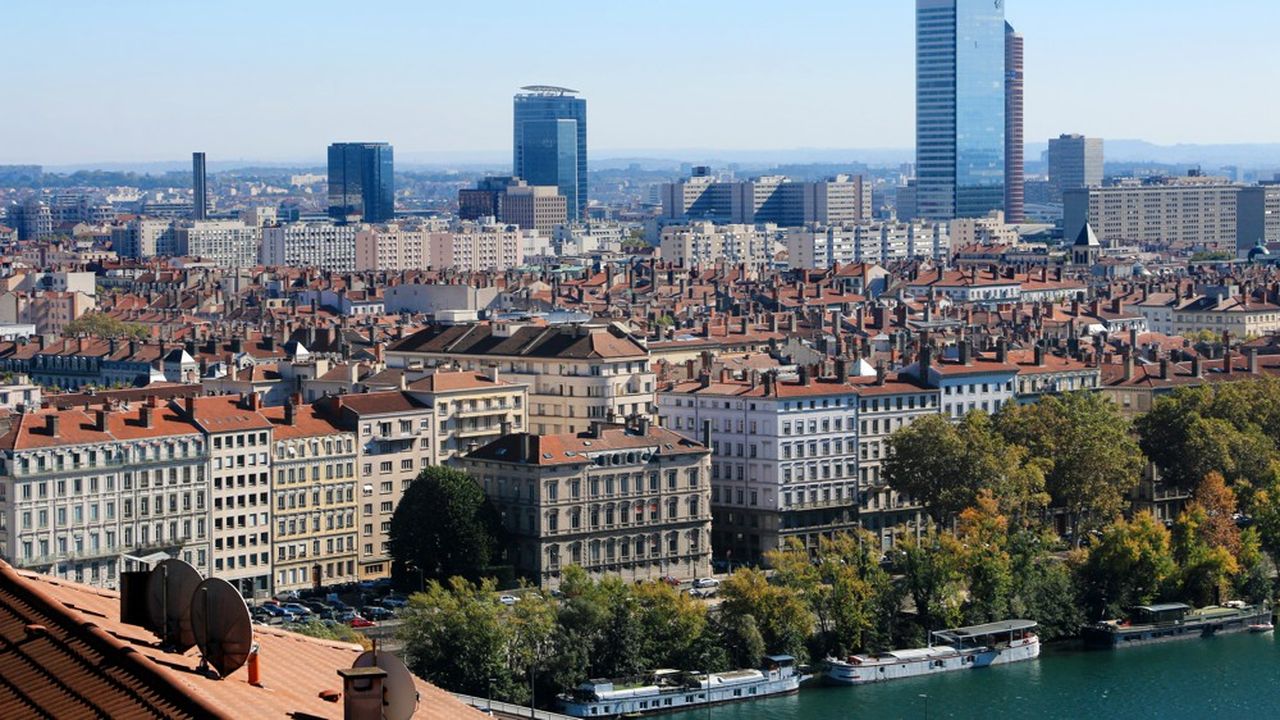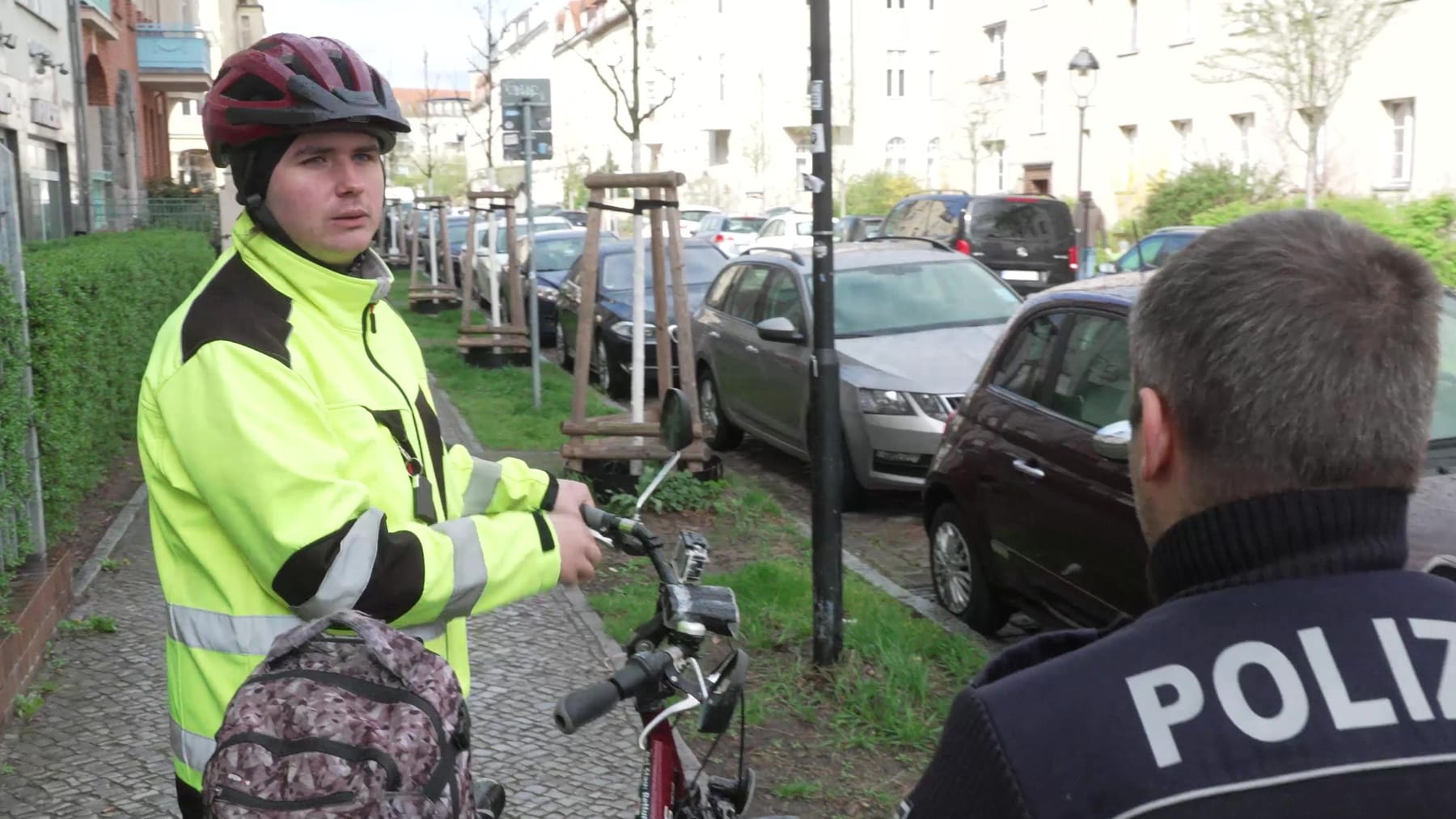Greened and rebuilt on itself, will the Part-Dieu district tomorrow be the first national city section capable of drawing up the carbon footprint of the activities, inhabitants and passers-by it houses? The ambition is in any case given by the elected officials of the city and the metropolis and by the local public company (SPL) Lyon Part-Dieu, responsible for embodying it through a measurement tool.
“A little over a year ago, we launched several tertiary park regeneration projects covering more than 300,000 square meters. We will thus be able to take a photograph of the neighborhood’s physical park and its carbon emissions. We now want to go further by calculating the carbon footprint of the uses and users found in this district,” summarizes Florent Sainte-Fare Garnot, general director of SPL Lyon Part-Dieu, developer of the district.
Unveiled during the last International Real Estate Market (MIPIM) in mid-March, the idea is taking shape. The SPL is working with AMO Zefco to achieve this national first. It is part of the ambition of the national low carbon strategy which thinks in terms of tonnes emitted per inhabitant and follows in the footsteps of the regeneration operations of the tertiary park, the first stone in the building of the local low carbon strategy.
Use developer
The diversity of activities found within the Lyon business district makes it an ideal location to launch these measures. Between a station which sees 30 million travelers pass through each year, a shopping center which welcomes as many, but also more than 20,000 inhabitants, 60,000 jobs and a multitude of major facilities such as the auditorium and the municipal library, the Part-Dieu offers rare scale and variety of functions.
We want to go further by calculating the carbon footprint of the uses and users found in the neighborhood
Florent Sainte-Fare Garnot general director of SPL Lyon Part-Dieu
To take advantage of the measurement tool which will take a picture of the carbon footprint left by employees, residents, travelers in transit, concert spectators or shopping center customers, the SPL wishes to rely on these results to endorse a new way of creating the city. “We will become an accelerator of change by moving from a developer responsible for managing the physical development of the neighborhood to that of a developer who will also integrate uses,” aims Florent Sainte Fare Garnot.
In its sights, the course set by the municipal executive on the objective of making Lyon a carbon neutral city from 2030, guides the deadlines. By the time the tool is finalized, the first measurements could see the light of day in around two years.
More frugal building
In the immediate future, the Part-dieu district is continuing to reduce its carbon emissions linked to buildings. “Fourteen regeneration operations are underway and will be delivered by the end of 2027,” indicates the general director of the SPL. Each project is supported by the developer’s teams to comparatively study the carbon footprint of a demolition/reconstruction and a rehabilitation, in particular through the life cycle analysis of the building.
In total, by 2029, more than 50% of the 1.2 million square meters of offices in Part-Dieu will be rehabilitated. Building on these actions on tertiary buildings, the SPL is undertaking the same work on residential buildings. A 1.1 million square meter park, also essentially built in the 1970s, which must be brought up to current standards to make it more frugal.
The study to define which buildings require priority action is underway. To accelerate projects, the SPL will put in place support for co-owners and landlords modeled on that offered to tertiary owners. Enough to improve the carbon account of the neighborhood’s physical park while waiting for that of uses.
2024-04-11 06:08:01
#Lyon #PartDieu #district #preparing #carbon #account


